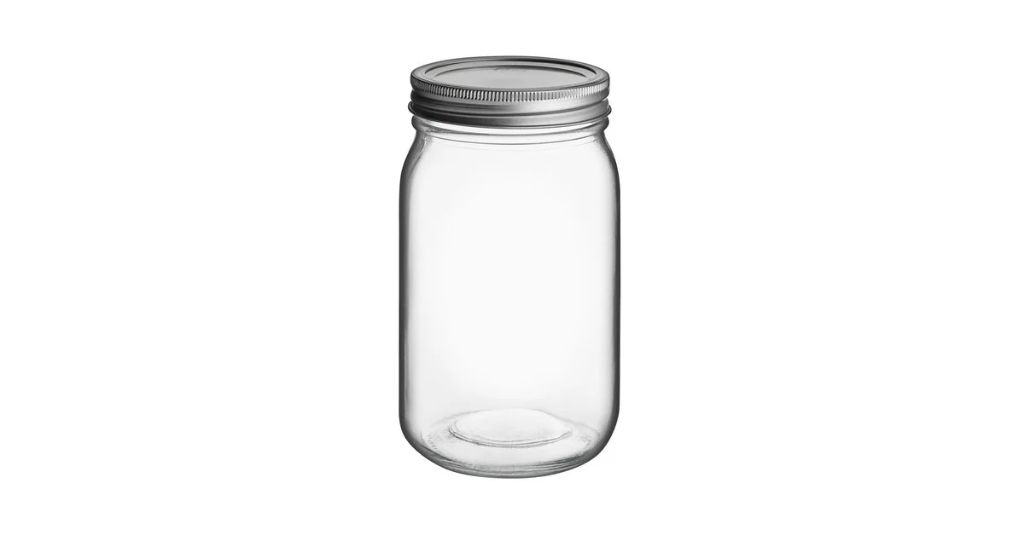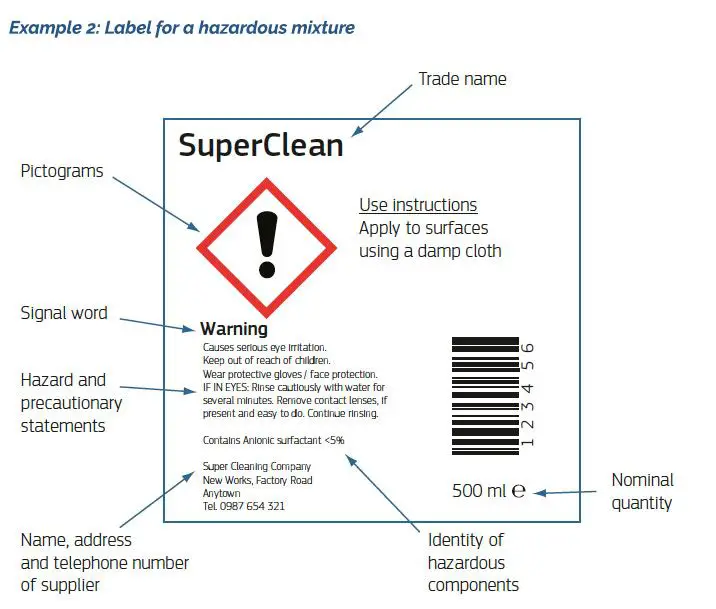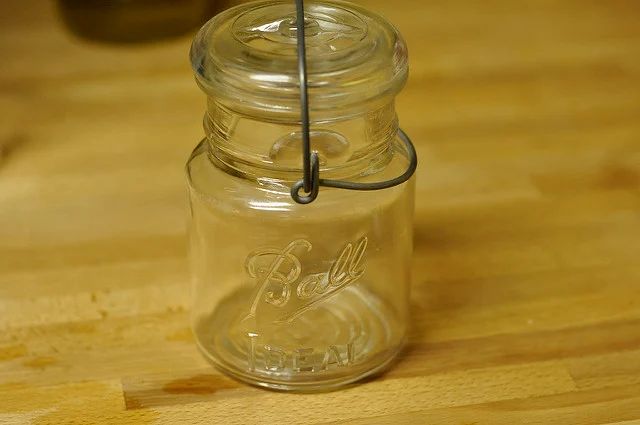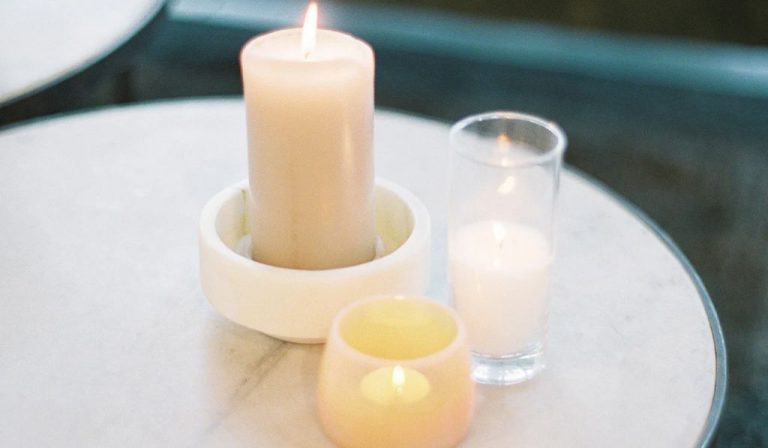What Is A Large Glass Jar Called?
This article will discuss the different names and types of glass jars that are generally large in size. The purpose is to provide clarity on the terminology used for the various jars made of glass that are commonly used for storage, food preservation, and decoration.
Mason Jars
Mason jars were invented in 1858 by John Landis Mason, a tinsmith from New Jersey. Mason patented the glass jars, which had a screw-on metal lid that created an airtight seal for long-term storage and preservation of food https://en.wikipedia.org/wiki/Mason_jar. This innovation allowed people to store and preserve fruits, vegetables, jams, and other foods for extended periods of time.
Over the years, Mason’s patent expired allowing other companies like Ball to manufacture the jars. Ball Mason jars became extremely popular for home canning and preserving. These jars are still commonly used today for canning everything from sauces and salsas to jams and pickles https://masonjars.com/history-of-ball-jars-html/.
Standard mason jar sizes today include half-pint, pint, quart, and half-gallon. They come in both regular and wide-mouth openings. These versatile jars are used not only for canning and food storage, but also for drinking glasses, craft projects, decor, and storage of non-food items.
Canning Jars
Canning jars are closely related to mason jars. In fact, mason jars are a type of canning jar. Canning jars allow for food preservation through heat-processing techniques like boiling water bath canning or pressure canning. This kills microorganisms and enzymes that cause food spoilage, allowing the food to be shelf-stable for 1-2 years or longer.
Standard sizes of canning jars include half-pint, pint, quart, and half-gallon. The most common modern canning jars are made by brands like Ball and Kerr. These jars have a self-sealing lid with a rubberized gasket that adheres to the rim of the glass jar during processing. Historically, the first self-sealing canning jar was patented by John Mason in 1858, revolutionizing home food preservation.
Canning jars create an airtight seal that prevents recontamination after heat processing. They allow people to preserve fruits, vegetables, meats, and more from the summer/fall harvest throughout the winter months or longer. Home canning was especially important before refrigeration and still remains popular today among homesteaders, home cooks, and DIY enthusiasts.
For more history on canning jars, see: https://www.smithsonianmag.com/innovation/brief-history-mason-jar-180975546/
Storage Jars
Other generic storage jars made of glass are very common. These storage jars come in a variety of sizes and shapes for different uses. Some popular sizes are 4 oz, 8 oz, 12 oz, 16 oz, 24 oz, and 32 oz. The jars typically have straight sides or a rounded shape.
The most popular uses for generic glass storage jars include:
- Storing dry goods like flour, sugar, coffee, etc.
- Storing leftovers and meal prepping ingredients
- Organizing spices, seeds, nuts, trail mixes, etc.
- Holding cotton balls and swabs in the bathroom
- Displaying candies, cookies, biscotti on the counter
Generic glass storage jars can have snap on plastic lids, screw top metal lids, or even glass lids with rubber seals. The airtight lids keep the contents protected and help the jars be reusable and versatile for storage. Popular brands like OXO Good Grips, Anchor Hocking, and Glasslock make excellent glass storage jars.https://www.ucan-packaging.com/glass-jars
Decorative Jars
Decorative jars are specifically designed for displaying and decorating in the home. They come in a variety of unique shapes, colors, and materials that make them pleasing to look at.
Some popular styles of decorative jars include:
- Apothecary jars – These have a classic shape with straight sides and often have measurement markings. They give an old-world pharmacy feel.
- Candy jars – Short and squat jars for displaying candy. Often very ornate.
- Curved jars – These have an elegant curved shape, like a vase.
- Faceted jars – The sides have decorative carved facets, like a gemstone.
- Flared jars – Wider at the top and narrower at the base.
- Hexagonal jars – Six-sided jars provide a modern geometric look.

Decorative jars are available in materials like glass, acrylic, porcelain, and metal. Glass is most common for its transparency and ability to add lighting effects. The lids also come in various designs, from simple to elaborate.
These types of jars are popular for styling on bookshelves, countertops, tables, and more. They can hold trinkets, candy, flowers, beads, or remain empty as an accent piece. Their versatility and visual appeal make decorative jars a mainstay of home decor.
Apothecary Jars
Apothecary jars have a long history dating back to the 16th century when apothecaries and pharmacists used them to store and dispense medicines, herbs, and remedies (source). The jars were made of glass and often featured Latin labels describing the contents. Apothecaries filled the jars with ingredients like cloves, cinnamon, and nutmeg as well as compounds and tinctures they had formulated (source).
While no longer used to store medicines today, apothecary jars remain popular for decor and storage purposes. Their unique shape and glass material make them attractive for displaying cotton balls, q-tips, bath salts, candles, and more around the home. Apothecary jars come in a variety of shapes, sizes, and colors. Standard sizes range from 4 oz to 16 oz, but larger 1 gallon jars are also available. Some have straight sides while others have an elegant tapered design. Vintage, distressed jars with imperfections and bubbles in the glass are popular for those seeking an antique look.
Candy Jars
Candy jars are glass jars specifically designed for storing and displaying candy. They come in a variety of shapes and sizes, often with decorative lids. Some common shapes for candy jars include cylindrical, square, hexagonal, and footed jars.
Cylindrical candy jars are one of the most common shapes. These vertically oriented round jars allow for easy grabbing and scooping of candy. Short and stout versions work well for hard candies, while taller slender jars suit softer candies like jelly beans or gumdrops. Square candy jars offer a vintage look and maximize space efficiency with their flat sides. Hexagonal candy jars have a unique six-sided design that stacks well. Footed candy jars elevate the jar with a pedestal base, creating an elegant look.
Candy jars range dramatically in size. Mini candy jars hold a handful of pieces for a personal stash. Small candy jars around 1 pint suit most basic needs for family snacks or parties. For large quantities, 1 gallon glass candy jars are ideal for candy stores or commercial use.
Many candy jars have decorative lids, featuring designs, colors, or ornamental knobs. Clear straight-sided round jars show off the contents, while opaque jars add mystery. Etched, painted, or custom monogrammed candy jars allow for personalized flair. Vintage-style jars with bail closures provide nostalgic charm.
Jam Jars
Jam jars, also known as canning jars or mason jars, are glass jars used for preserving fruits, vegetables, jams, jellies, and other foods by canning. They were invented by John Landis Mason in 1858, which revolutionized home canning and food preservation (Mason jar – Wikipedia). Mason jars allowed people to preserve produce and flavors from seasons of plenty to enjoy during later seasons.
Standard sizes of jam jars include 4 oz, 8 oz, 12 oz, 1 pint, and 1 quart. The mouth of the jar is often a regular mouth or a wide mouth, to accommodate spoons for getting jam out. Jam jars usually have threaded tops that work with metal lids and screw bands for sealing in the contents (History of Ball Mason Jars). This creates an airtight vacuum seal during the canning process.
Jam jars are frequently used for home canning of jams, jellies, preserves, marmalades, chutneys, relishes, and more. They allow seasonal fruits like strawberries or peaches to be made into flavorful spreads to enjoy long after the harvest. Their sealing lids and vacuum seal keep the contents fresh and safe to eat for up to a year. Jam jars make great gifts and are a fun way to showcase homemade flavored creations.
Fish Bowls
Fish bowls refer to very large, rounded glass vessels that are commonly used as tanks for fish and other aquatic life. The history of using glass bowls as fish tanks dates back thousands of years.
According to sources, fish bowls originated in ancient China around 1300 AD, where they were used to display fancy goldfish breeds (https://www.hepper.com/goldfish-bowl-history/). Back then, the bowls served as temporary housing when owners wanted to showcase their fish. The ancient Romans also kept fish in glass vessels.
Traditional fish bowls are perfectly round in shape, with sloping sides that curve inwards towards the bottom. They are made from clear glass so that the fish are visible from all angles. Fish bowls range greatly in size – from small 1-2 gallon tanks to giant vessels over 30 gallons. Large fish bowls allow more swimming room for fish and can incorporate decorations.
While basic fish bowls are bare, many modern designs feature built-in features like handles for easy transport and pedestal bases for stability. There are also creative shapes like hexagons and ovals. The glass thickness varies as well, with thicker glass being more durable.
When used properly, these large glass jars can serve as unique and eye-catching aquarium displays in homes and offices. However, fish bowls require special care and maintenance to keep fish healthy, like filtration and regular water changes.
Conclusion
There are many different types of large glass jars that serve various purposes. The most common are canning jars, mason jars, storage jars, apothecary jars, candy jars, jam jars, and fish bowls. While the sizes and shapes may vary, they are all made of glass and have lids to seal in contents.
Canning jars and mason jars are used for home canning and preserving foods. Storage jars keep dry goods sealed and are often used for decorative purposes. Apothecary jars hold cotton balls and q-tips in bathrooms. Candy jars and jam jars store sweets and preserves in kitchens. Fish bowls are glass jars specifically for aquatic life.
The key differences between the jar types are their sizes, shapes, lid types, and intended uses. But overall, any large glass jar can be multifunctional – used for organizing, decorating, storing, and displaying. Their transparent nature and variety of sizes make them versatile containers for the home.



